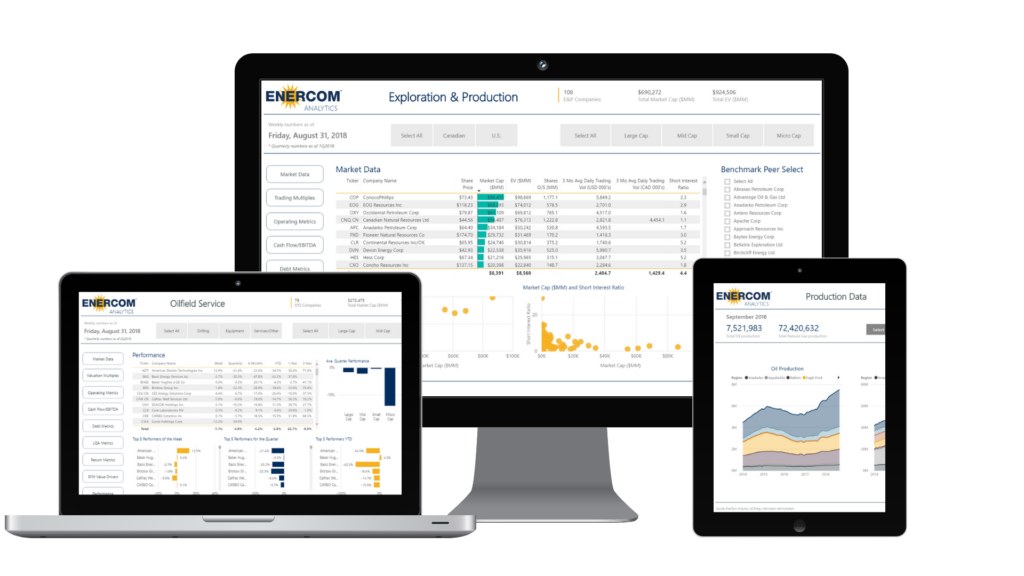U.S. crude rose Thursday to trade above $82 per barrel, with the benchmark heading for its second weekly gain in a row, as oil and gasoline inventories fell.
West Texas Intermediate has gained 4.8% this week, while global benchmark Brent is up 3.8%. Prices found support Thursday as U.S. crude and gasoline stockpiles fell for the first time in weeks, suggesting an uptick in demand.
“Given the seasonal uptick in oil demand, refinery runs, and ongoing weather risks, and as OPEC and its allies extend production cuts through 3Q24, oil balances should tighten and inventories should begin to draw during the summer months,” analysts led by Natasha Kaneva, head of the global commodities strategy team at JPMorgan, told clients in a research note Thursday.
JPMorgan forecasts Brent will hit $90 per barrel in September as the market tightens on falling inventories.
Crude oil has proven resilient with upside momentum firming, Ryan McKay, senior commodity strategist at TD Securities, told clients in a research note Wednesday. He cautioned, however, that the rally could fade. Commodity trading advisors could ease up on buying and liquidate some of their lengths if U.S. oil drops below $80.33 and Brent falls under $84.92, McKay said.
Israel’s military said Tuesday in a statement on social media that “operational plans for an offensive in Lebanon were approved and validated.” On Wednesday, Hezbollah leader Hassan Nasrallah warned Israel in a televised speech that the militant would fight with “no rules and with no red lines” if war breaks out.
Oil prices rallied in April to annual highs as Iran and Israel nearly went to war. Traders shifted focus back to market fundamentals after tensions eased, unwinding the risk premium that had lifted crude futures.



